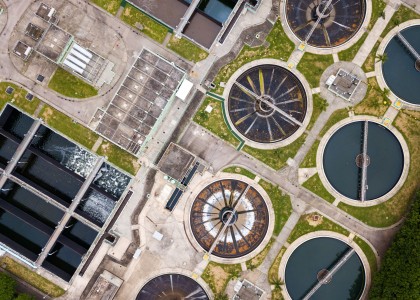The United States has a large network of in-home energy efficiency programs that could be modified to promote improved health outcomes for participants. This study shows that by targeting four common health risks — asthma, falls, and exposure to extreme heat or cold — existing weatherization programs could save almost $3 billion dollars in avoided health harms over a ten-year period. This study is among the first to quantify these potential savings and introduces a tool to customize and tailor calculations for specific programs at the state and local levels. Monetized estimates of the health benefits of interventions can be leveraged to build partnerships between the energy-efficiency and health sectors. These estimates also create an incentive to design programs targeting populations that stand to benefit the most: low-income households and vulnerable households burdened by chronic disease and the health effects of climate change. Monetizing health benefits can position programs to bring together financial resources from utilities and the health care sector to offer expanded services and maximize impact.






